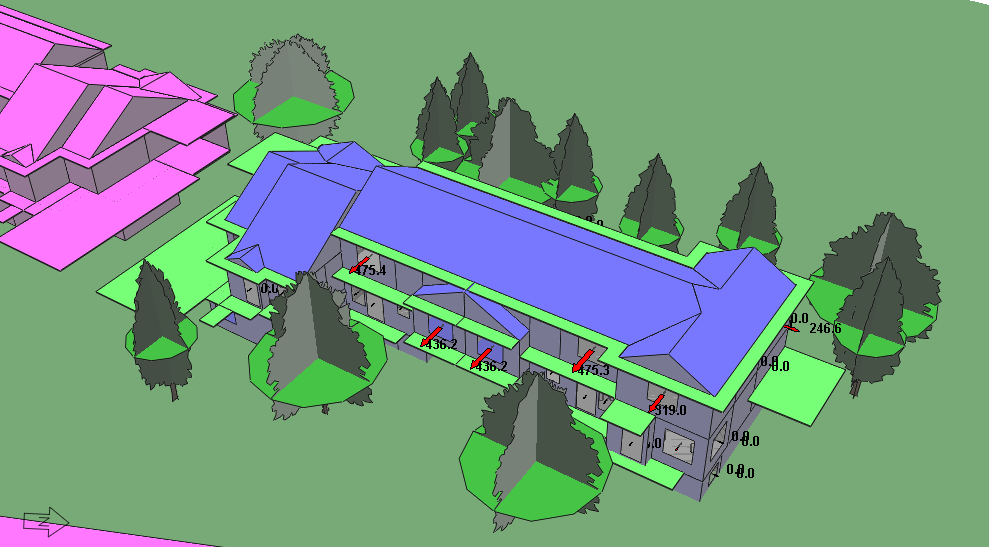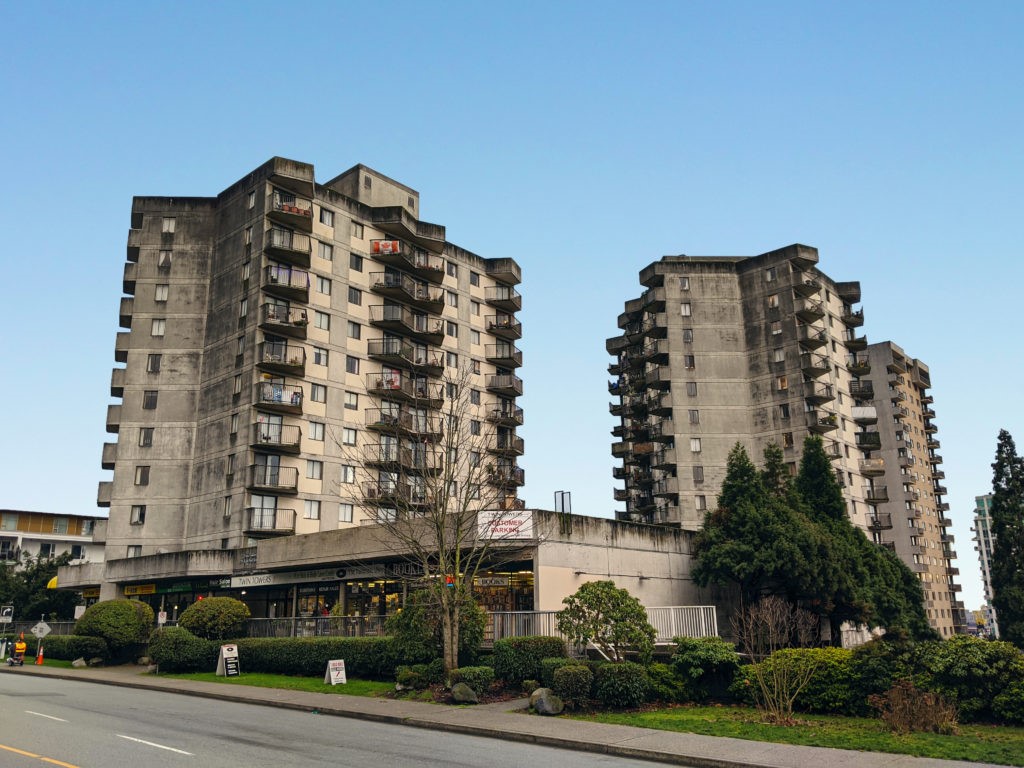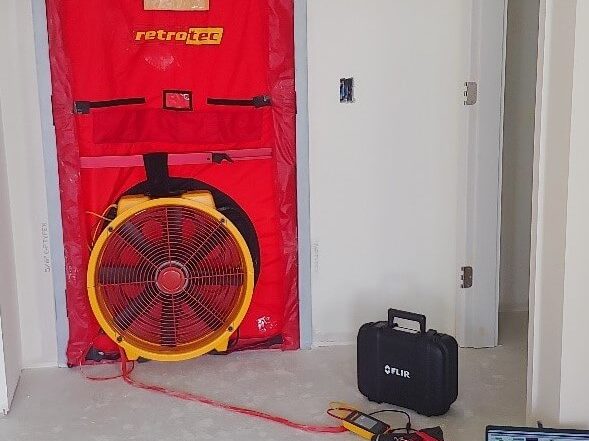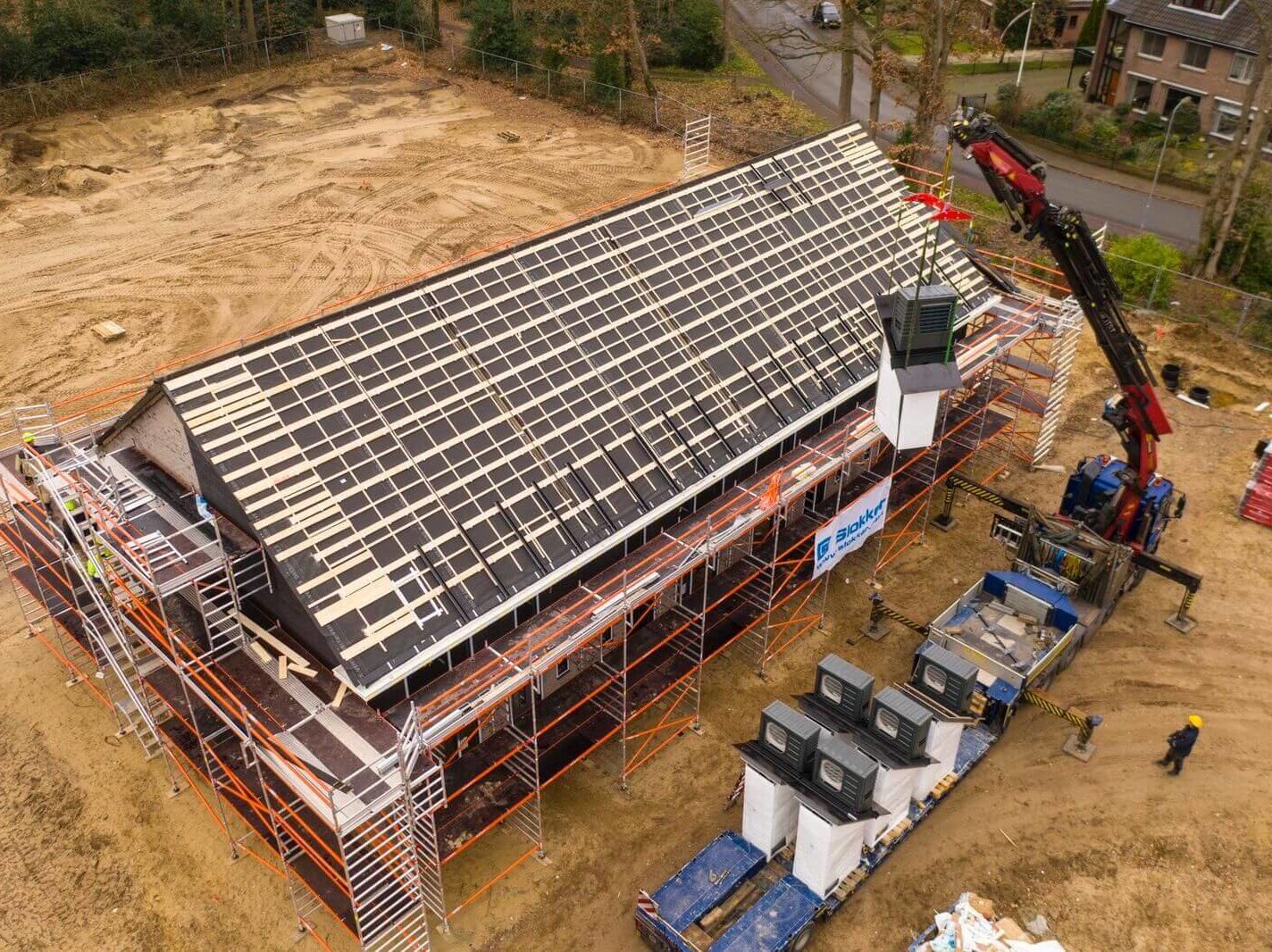City of Vancouver – Carbon Pollution Limits for Buildings
In July 2022, the City of Vancouver released its Annual Greenhouse Gas & Energy Limits By-Law, No. 13472.Establishes greenhouse gas (GHG) emission and heat energy intensity limits for large existing buildings.Goal of reducing carbon pollution from buildings by 50% by
PH Series, Part II
The Future of Passive House DesignPassive house design strategies play a key role in reducing building heating & cooling demand, while offering improved occupant comfort.Passive house design strategies can be tested during the design process, and optimized using a blend
City of Vancouver Adopts Bold Decarbonization Strategy
Big move #4, “all new and replacement heating and hot water systems will be zero-emission by 2025” was approved by council in April 2020Transition to zero-carbon heating systems beginning April 2022 (Part 9 buildings, including low rise MURB)See below for
The Increasing Impact of Passive House
Passive House now has a firm hold in the city of Vancouver with over 3,000,000 square feet of passive house projects in the review, permitting or occupied stages as of August 2019.It’s only a matter of time before the industry standard
Feature Story: Natural Refrigerants & Climate Change
While recently attending the AHR Expo in Orlando, the Impact Engineering team learned firsthand how the HVAC industry is beginning to tackle the environmental cost of refrigerants, particularly relating to global warming. In this months Journal, we explore how the
Feature Story: Blower Door Testing – Measuring the impact of air infiltration
Recent investigative testing performed by HiH at several buildings demonstrated that up to 50% of building heating requirement was as a result of undesired building air leakage. The studied buildings had an average of 10 air changes per hour (ACH).The
Climate Resiliency
If Carbon emissions were reduced to zero today, mean global temperatures will continue to increase due to the Carbon emissions that have already released.[1] This creates challenges for Engineers when designing buildings and infrastructure that must meet the needs for
Feature Story: Strategic Energy Management Planning
Many of our clients in reviewing their current assets, liabilities and operations, are starting to ask the question: Where are we going next?Over the past number of years at HiH, we have witnessed an evolution in how building owners and
Tackling the Built-in Climate Challenge: The Energiesprong Approach
Meeting our emission reduction targets won’t be achieved without deep retrofit of existing buildings (they account for 17% of Canada’s emissions[2]). Such retrofits are complicated and costly.To meet this challenge, the buildings sector is exploring less invasive and more cost-effective









